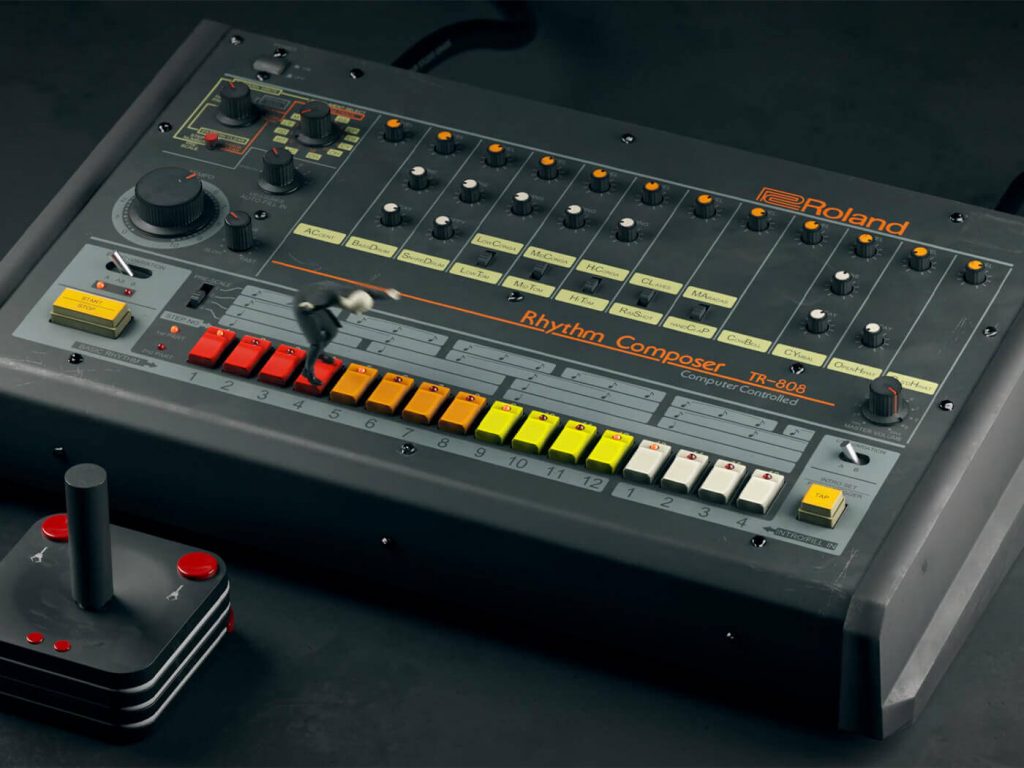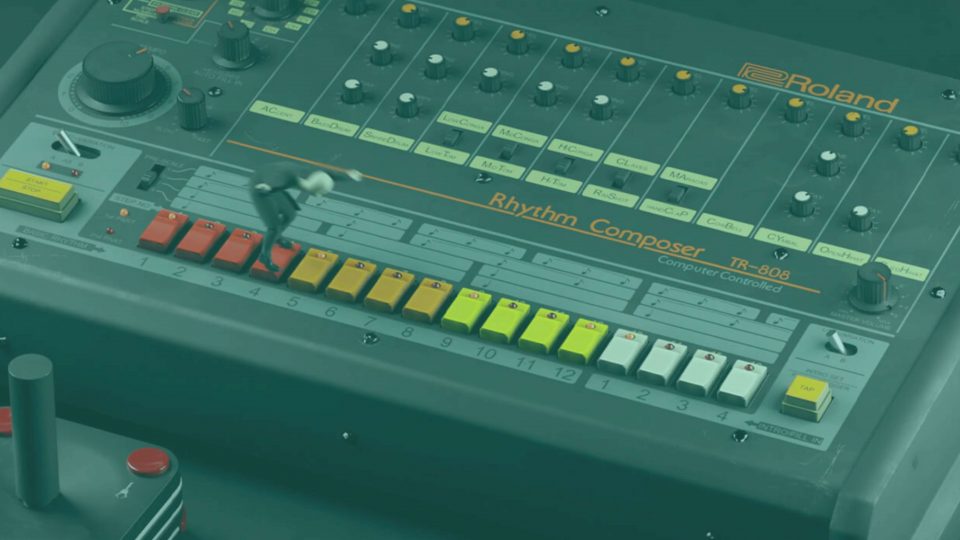How Are NFTs Changing The Music Industry – NFTs For Music Artists
NFTs (non-fungible tokens) are a recent phenomenon that have exploded in popularity and nfts in the music industry are changing the game one song at a time. A combination of NFTs and the music industry have driven millions of sales for both brands and artists alike!
What are NFTs? What Are NFTs in the Music Industry?
An NFT is a digital piece of data, or “token”, on the blockchain that represents a digital asset.
The digital asset can be a poster or a professional piece of art; it can be an album or single; concert tickets or access to an exclusive live stream. There are no limits with NFTs!
Therefore, the buyer of the token owns the unique digital data that is the NFT itself, as well as the asset of interest. A hyperlink is usually used to give the buyer access to the digital asset.
The NFT and assets are two different things. The token represents the asset on the blockchain as a means of proving ownership for the buyer.
NFTs are only just breaking into the music industry and may soon break into many more industries anywhere and everywhere!
Artists, musicians and producers alike can all use NFTs as a way to give fans opportunities to access exclusive perks such as access to events, live streams, or even access to albums or a single… there is no limit to what an NFT can represent.
This means that artists have a way of earning a strong profit for selling their music independently of labels and streaming giants.
Should you buy and therefore own an original NFT, this doesn’t mean you control its distribution across platforms. Ownership simply means you hold the authentic original. You cannot stop the creator from creating duplicates to sell to other fans.
NFTs For Music Artists
NFTS allow us to store anything in a digital medium as a limited edition collectable. This is possible because the distribution of NFTs and associated assets are entirely verifiable through the blockchain. Not only this, but 100% of the rights are still owned by the creator of the asset.
Think of a digital NFT as a paper token that you can hold in your hand. I’ve burned my fire mixtape onto a CD and you want it (thank you). Rather than risk just giving you the CD and someone saying you’ve stolen it, I’ll give you the paper token to verify that I gave it to you. Maybe I’ve printed my signature on it or just my phone number. This allows your accuser to call and ask me if I gave you the CD… and I’ll say yes.
This isn’t a true representation of how NFTs work but does demonstrate how NFTs protect the rights of the creator (minus the signature and phone number).
Blockchain, Music and NFTs
The blockchain, a decentralised means of tracing the origins of an asset traded on it like a cryptocurrency, levels the playing field for those of us who are not streaming giants or a major record label. Blockchain technology is what verifies the proof of ownership of the buyer as well as the rights owned by the creator.
The use of NFTs also makes distributing our profits across third-party platforms a thing of the past (well, if you’re successful). All revenue goes straight to the artist. It allows artists to earn a living wage from their music alone, regardless of whether they’re massive hits or not.
What we call a Smart Contract further protect artists.
Smart Contracts are programs on a blockchain that run when predetermined conditions occur. For example, should you resell the NFT you bought from your favourite artist for a profit, the artist receives payment straight away!

Are NFTs a Good Investment?
Once they have their authenticity verified on the blockchain, we can’t change NFTs. Its intrinsic value of authenticity becomes the actual value of the NFT. Should a particular NFT become more popular and become valuable then its value goes up like it would on the stock market.
On that point, we should point out that NFTs do have issues that need resolving. The worth of an NFT, for the time being, is entirely down to aesthetic and sentimental value. It’s impossible to gauge the worth of an NFT as a long term investment. Therefore, the NFT market is an entirely speculative one.
We’re not going to give you a lesson in Economics here, but we will give you a real-life example of a speculative market collapsing.
When tulips made their way to Holland in 1593, over time they became incredibly popular. This popularity led the price of just one tulip to skyrocket. People became incredibly wealthy trading tulips, which we can get very cheaply today. If successful, common merchants took their family name up the social ladder.
Tulips became so popular that there weren’t enough to meet demand. To keep the market going, this led to the introduction of contracts that “verified” proof of ownership of a tulip. These contracts were equally as popular, even though the buyers didn’t have a physical tulip in their hands – just a piece of paper in place of one!
To cut a dramatic story short, the price of these contracts became incredibly expensive and more and more people saw the investment opportunity. People were buying and selling these contracts at a dramatic rate – it’s reported that contracts were exchanging hands ten times a day! After a while of no tulips being delivered, and therefore making the contracts worthless, everyone sold and resold their contracts which drove the value down. Hard. The value of the tulips collapsed.
This was the first of what we call a speculative bubble – Tulip Mania.
The scenario we live in today is a very different one, of course. But don’t begin to think that the collapse of any cryptocurrency isn’t possible and have very real economic consequences.
But this isn’t the only risk that NFTs currently suffer from.
People can steal NFTs if they have the technical know-how. Security breaches have occurred as hackers have been able to steal NFTs from buyers. This usually only happens to NFTs that have outdated security protocols, so there is possibly a solution to this problem! Phew!
The issue in debate the most by far, of course, is the sustainability of NFTs and cryptocurrency in general.
NFTs require a lot of power just like every blockchain transaction. This leads many to really doubt the long term sustainability of blockchain technology.
Conclusion
NFTs are a fantastic new way for creators to sell their content directly to fans and reap all the benefits for themselves. It’s undeniable that this steam train will continue to speed up as more and more artists begin to see the potential there for them and their fans.
But, as with anything, it’s important to be aware of the risks. Not that it’s the same, but 2008 provides a case study that states we are not immune from an economic crisis.
An unregulated market is a dangerous one, and the blockchain is an unregulated market. Sure, it provides fair opportunities and it doesn’t discriminate.
But that doesn’t mean it’s risk-free.
Looking to put your own NFTs together? Want to include some unique music? Don’t have the samples that encapsulate the emotions you’re after?
Mixxed has thousands of loops, one-shots and sample packs for you to browse and download, all for less than $3 a month. From percussion to pads, and basses to crash hats. From synths to guitars, and brass to keys!
Sign up today to find your sound!
